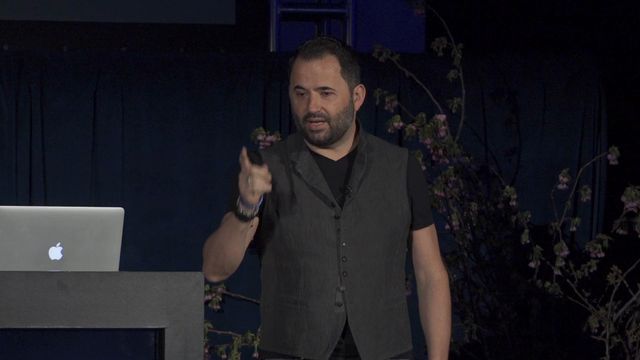Crucial Strategies for Enhancing the Durability of Your Light Emitting Diode Wall
Wiki Article
Light Emitting Diode walls are becoming increasingly popular for multiple purposes, from marketing to entertainment. To ensure that these screens operate effectively over time, it is crucial to adopt strategies that extend their lifespan. Understanding the elements that affect the durability of Light Emitting Diode walls can assist operators maintain their performance and prevent unneeded replacements.
One of the main elements that can extend the durability of an LED wall is proper setup. It is vital to have a professional crew handle the setup process to guarantee all parts are properly connected. Inadequate installation can result in power issues or mechanical damage. Additionally, the location of the Light Emitting Diode wall should consider environmental factors such as sunlight exposure and humidity levels. A properly set up screen in a suitable site will reduce the risk of damage caused by external factors.

Regular upkeep is a further crucial strategy to prolong the lifespan of an Light Emitting Diode screen. This includes routine inspections to monitor for any indicators of deterioration or malfunction. Dirt and debris can accumulate on the surface of the LED screens, impacting luminosity and color quality. Cleaning the screens with suitable cleaners will assist keep optimal clarity. It is also essential to monitor the electronics behind the screen, making sure that all links are secure and that there are no overheating issues, which can significantly shorten the durability of the parts.
Electrical management plays a vital role in improving the longevity of an LED wall. Excess voltage or unstable electricity supply can harm the inner circuitry. To prevent this, using a high-quality power supply and implementing surge protection strategies is recommended. Additionally, adjusting the display to operate at lower brightness levels when high luminosity is not required can lessen stress on the lights. This not only prolongs the lifespan of the wall but also conserves power, making it a cost-effective option.
In addition, program control can affect the functionality of LED walls. Regularly updating the software that controls the display ensures that it runs smoothly and includes any necessary security patches. Outdated software can lead to performance issues and may expose the system to vulnerabilities. Proper scheduling of content can also assist with overseeing the demand of the screen, permitting it to rest during off-peak hours, which can aid to a greater durability.
In conclusion, extending the durability of an Light Emitting Diode screen involves a mix of proper installation, routine maintenance, efficient electric management, and diligent software management. By concentrating on these essential strategies, operators can ensure that their LED displays remain operational and visually appealing for numerous years. click to find out more Implementing preventive steps will not only improve the functionality of the LED screen but also provide a better yield on investment over time.